Folding Structures

In architectural education, the demand for creating forms with a non-Euclidean geometry, which can only be achieved by using the computer-aided design tools, is increasing. The teaching of this subject is a great challenge for both students and instructors, because of the intensive nature of architecture undergraduate programs. Therefore, for the creation of those forms with a non-Euclidean geometry, experimental work was carried out in an elective course based on the learning visual programming language. The creation of folding structures with form-finding by simulation was chosen as the subject of the design production which would be done as part of the content of the course.
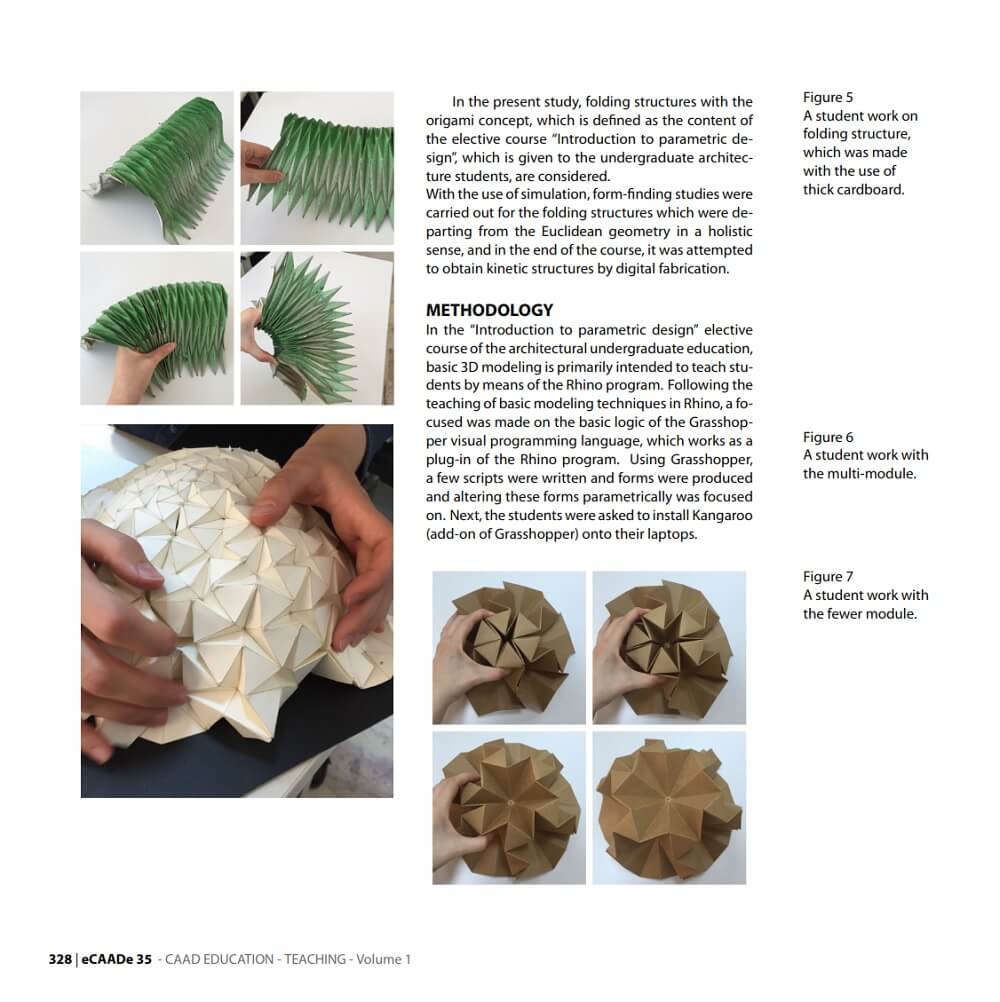
In this particular course presented by Asli Agirbas, it was intended that all stages should be experienced, from the modeling in the virtual environment to the digital fabrication. Hence, in their early years of architectural education, the students were able to learn versatile thinking by experiencing, simultaneously, the use of simulation in the environment of visual programming language, the forming space by using folding structures, the material-based thinking and the creation of their designs suitable to the digital fabrication.
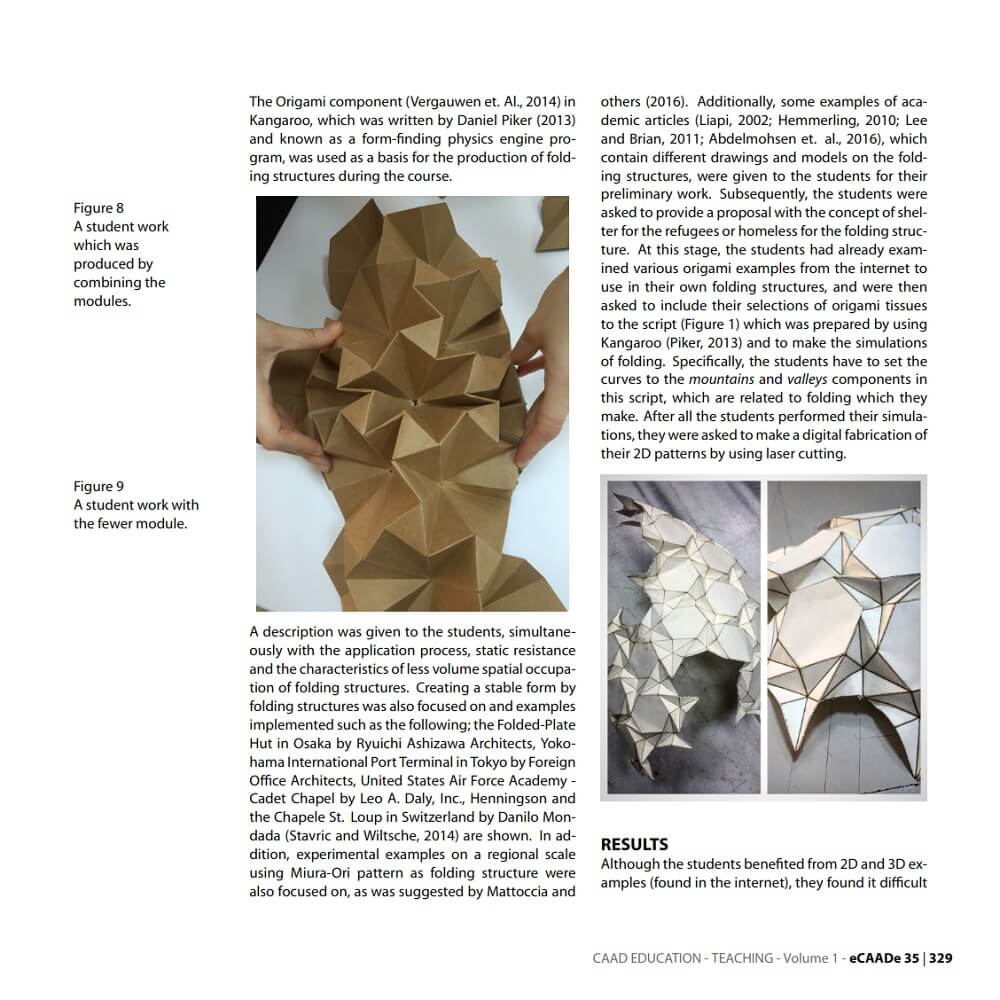





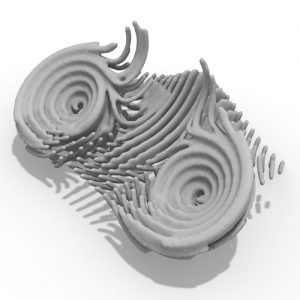

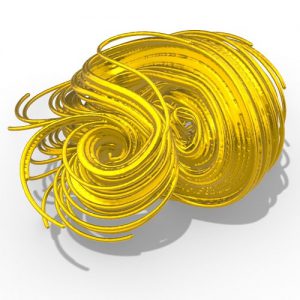
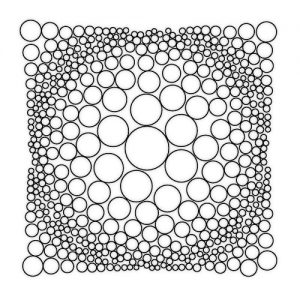



















Comments